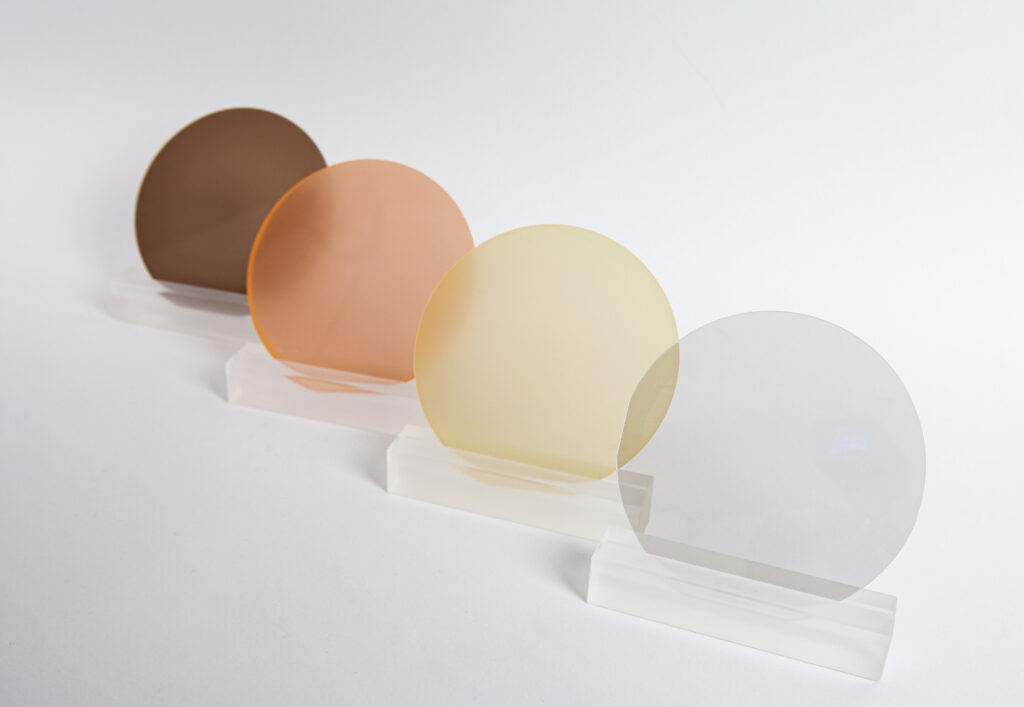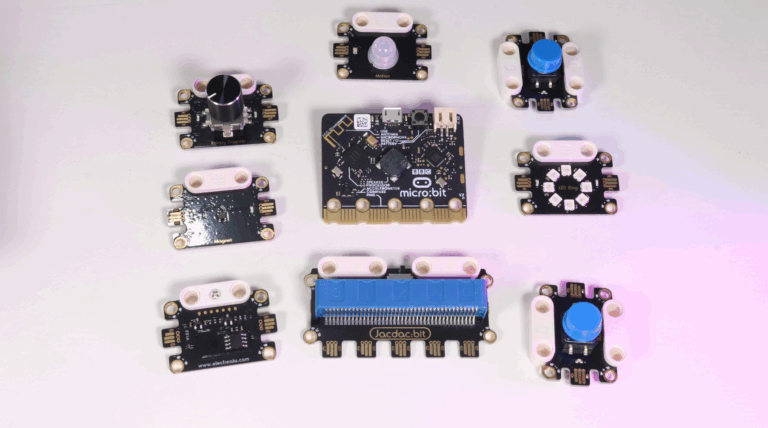AlYN/GaN: A Next-Generation Semiconductor Revolutionizing Energy-Efficient Electronics
Researchers at Fraunhofer IAF have made a significant breakthrough in semiconductor materials by developing a novel material known as aluminum yttrium nitride (AlYN). Utilizing a sophisticated technique called Metal Organic Chemical Vapor Deposition (MOCVD), they have successfully tested this material, which shows immense potential for use in advanced electronics, particularly those that prioritize energy efficiency and high performance, such as in information and communications technology.

What is MOCVD Process?
Metal Organic Chemical Vapor Deposition (MOCVD) is a highly specialized technique for creating crystalline thin films and structures on a micro and nano scale. This process allows for exceptional precision in controlling the deposition, enabling the creation of well-defined interfaces and the fine-tuning of a material’s properties. Moreover, MOCVD offers excellent control over dopant incorporation, which is vital for customizing the electrical and optical characteristics of the deposited layers.
This process is crucial in the production of high-performance electronic devices, as it allows for the creation of extremely pure and defect-free materials. MOCVD is particularly essential for manufacturing components in LEDs, lasers, and power electronics, where the quality of the semiconductor layers directly impacts device performance and efficiency.
AlYN: A Material with Remarkable Potential
Aluminum Yttrium Nitride (AlYN) is emerging as a semiconductor material with extraordinary potential, making it a strong contender for driving future technological advancements. Its unique properties, particularly its ferroelectric characteristics, suggest that AlYN could play a critical role in the next generation of electronic devices and systems.
Research at Fraunhofer IAF has highlighted how well AlYN can be integrated with gallium nitride (GaN). One of the most significant advantages of AlYN is its near-perfect lattice match with GaN, which opens up exciting possibilities for creating AlYN/GaN heterostructures. These heterostructures could offer substantial benefits in developing cutting-edge electronics, enhancing device performance, and paving the way for innovations that could shape the future of the industry.
Recent Advances in AlYN Research
In 2023, Fraunhofer IAF researchers achieved a significant milestone by successfully depositing a 600 nm thick AlYN layer with over 30% yttrium concentration. They have since advanced further, fabricating AlYN/GaN heterostructures with up to 16% yttrium, demonstrating excellent structural and electrical properties. Dr. Lutz Kirste’s team continues to explore the structural and chemical characteristics of AlYN, revealing its promising potential for future applications.
Applications and Potential of AlYN
Aluminum Yttrium Nitride, with its wurtzite crystal structure, can be precisely matched with the wurtzite structure of Gallium Nitride (GaN) by carefully adjusting its composition. This compatibility makes AlYN a promising material for developing semiconductor components that offer enhanced performance and reliability. The ability to create stable AlYN/GaN heterostructures opens new possibilities for advanced electronic devices.
One of the most promising aspects of AlYN is its ability to induce a two-dimensional electron gas (2DEG) within heterostructures. Recent research by Fraunhofer IAF has shown that AlYN/GaN heterostructures exhibit optimal 2DEG properties, particularly when the yttrium concentration is around 8%. This discovery highlights AlYN’s potential to significantly improve the efficiency of semiconductor devices.
Material characterization studies have also demonstrated that AlYN is well-suited for high electron mobility transistors (HEMTs). Researchers observed a notable increase in electron mobility at low temperatures, reaching more than 3000 cm²/Vs at 7 K. This finding is crucial for the development of high-performance HEMTs, and significant progress has already been made in creating the necessary epitaxial heterostructures for these devices.
In terms of industrial applications, there is growing optimism about using AlYN/GaN heterostructures on 4-inch SiC substrates. The successful growth of these heterostructures has demonstrated both scalability and structural uniformity, essential for commercial production. The ability to create AlYN layers using a commercial MOCVD reactor further supports the potential for scaling up to larger substrates in even bigger reactors.
This approach is considered one of the most efficient methods for producing large-area semiconductor structures, underscoring AlYN’s potential in the mass production of semiconductor devices. These advancements position AlYN as a material of significant interest for future electronic components, offering both high performance and the ability to be produced on a large scale.
Innovations in Non-Volatile Memory Design
To understand why AlYN is a strong candidate for non-volatile memory applications, it’s essential to grasp the significance of ferroelectric materials. These materials exhibit spontaneous electric polarization that can be reversed by applying an external electric field, similar to how magnetic polarity works in magnets, but with electric charges instead.
Non-volatile memory (NVM) is a type of memory that retains stored data even when the power is turned off. Examples include Flash memory, EEPROM, and emerging technologies like Ferroelectric RAM (FeRAM).
Why AlYN is Ideal for Non-Volatile Memory Applications
AlYN’s ferroelectric properties make it an excellent choice for non-volatile memory. Its ability to maintain polarization even when the electric field is removed is crucial for reliable data storage without continuous power supply. This characteristic ensures that data stored in AlYN-based memory remains intact until intentionally altered, making it highly reliable.
Another significant advantage of AlYN is its flexibility regarding layer thickness. Unlike many materials where thin film properties can degrade with changes in thickness, leading to instability, AlYN maintains consistent performance regardless of thickness. This versatility makes it ideal for various memory fabrication needs, from high-density storage to other design considerations.
Reducing Energy Consumption in Data Centers
Data centers, known for their high energy consumption, handle vast amounts of data and require continuous operation. Introducing energy-efficient memory technologies, such as those potentially based on AlYN, could help reduce this energy burden. Non-volatile memories that operate with less power and retain data without continuous power input could significantly enhance the energy efficiency of data centers.
As global awareness of environmental impact grows, reducing the energy footprint of data centers becomes increasingly important. AlYN-based memories, with their potential for lower power consumption and high efficiency, align well with these sustainability goals. By integrating such technologies, data centers can mitigate their environmental impact while meeting the growing demands for data processing and storage.
High Quality PCBs with PCBWay
PCBWay is a prominent name in the electronics manufacturing industry, known for providing high-quality printed circuit board (PCB) prototyping, manufacturing, and assembly services. With a reputation for precision and reliability, PCBWay has become a go-to solution for engineers, hobbyists, and companies alike, who need custom PCBs for a wide range of applications. Their services cover everything from simple single-layer boards to complex multi-layer designs, offering quick turnaround times and competitive pricing.

PCBWay’s commitment to quality extends to their assembly services, where they provide comprehensive support, including surface-mount technology (SMT), through-hole technology (THT), and mixed assembly processes. This makes PCBWay a one-stop shop for bringing innovative electronic designs to life, catering to the growing demands of the global electronics ma
Conclusion
In conclusion, Aluminum Yttrium Nitride (AlYN) is emerging as a groundbreaking semiconductor material with the potential to revolutionize the future of electronics. Its unique ferroelectric properties and consistent performance across varying layer thicknesses make it an ideal candidate for developing more energy-efficient and powerful devices. As the demand for higher performance and sustainability in electronics continues to rise, AlYN’s potential to drive innovation in memory technologies and beyond cannot be overstated. By enabling more efficient data storage and processing, AlYN could play a pivotal role in shaping the next generation of electronics, paving the way for a future where advanced technology meets environmental responsibility.





